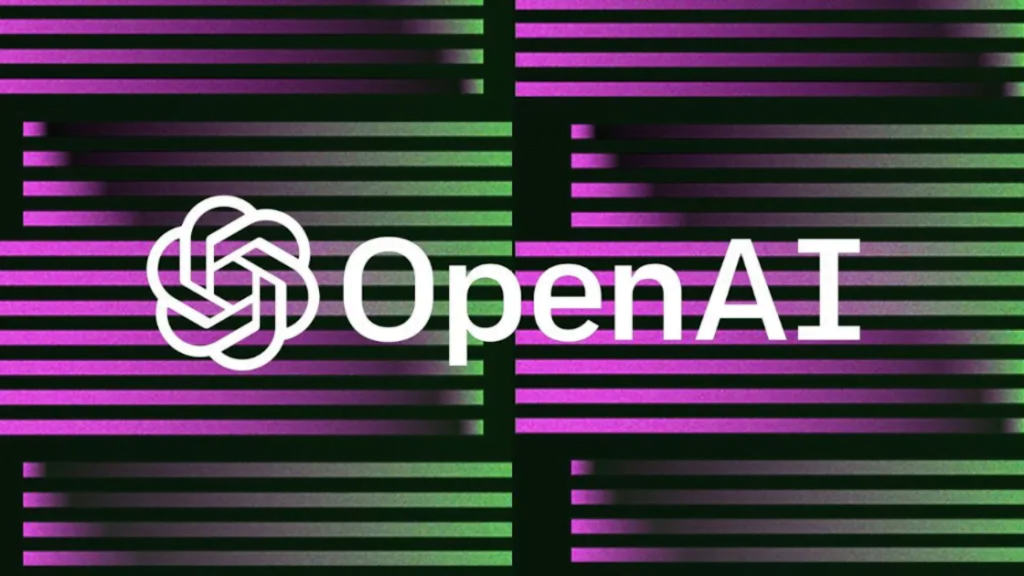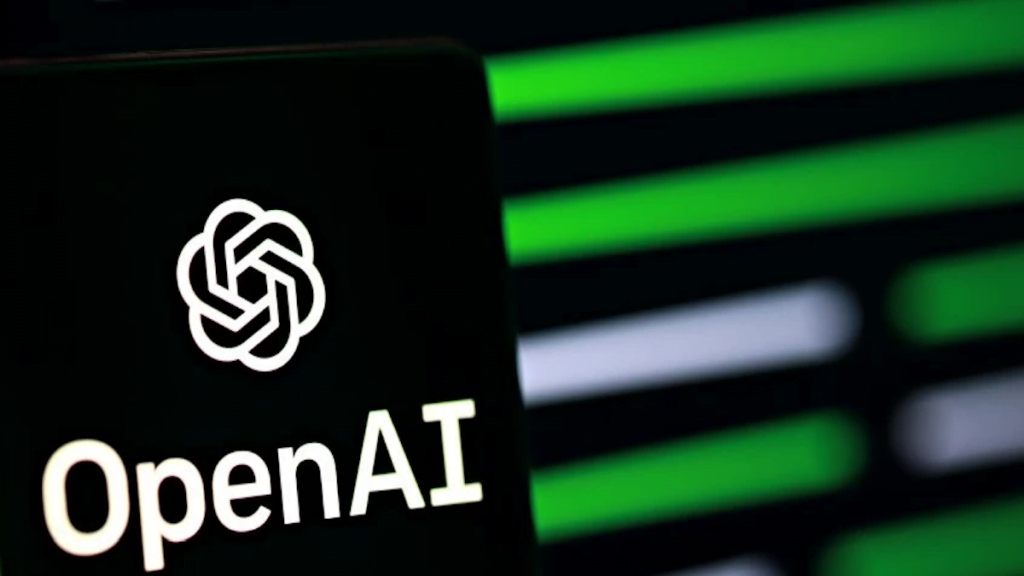In the world of tech investments, OpenAI epitomizes this intrigue. A titan in artificial intelligence, OpenAI presents a unique investment paradox. While its advancements in AI are groundbreaking, its stock remains elusive, a virtual “phantom unicorn” in the tech realm. This guide explores the complex narrative of OpenAI and the reasons behind its unavailable stock, offering insights into alternative investment avenues and the broader implications for the AI industry.
Understanding OpenAI’s Dual Structure
At its core, OpenAI operates on a dual structure: a non-profit entity dedicated to AI research and a for-profit arm focusing on development and commercialization. This bifurcation is more than an organizational curiosity; it’s central to understanding OpenAI’s investment dynamics. The non-profit aspect fosters a commitment to ethical AI development, while the for-profit side aligns with commercial interests and technological advancements.
Navigating the Current Investment Landscape
Microsoft’s strategic investment in OpenAI has been a game-changer, not only for the company but for the AI sector at large. This partnership underscores the potential of OpenAI’s technologies, such as GPT (Generative Pre-trained Transformer) models. However, the absence of a public stock offering keeps direct investment at bay. Recent internal changes and the buzz around a potential IPO only add to the speculation, making OpenAI a subject of intense interest in investment circles.
The “Forbidden Fruit” of Direct Investment
The closed-door nature of private companies like OpenAI means that their funding strategies are not accessible to the general public. This exclusivity is a common feature among tech startups and private companies, especially those in cutting-edge fields like AI. For OpenAI, this approach has allowed for controlled growth and focused development, free from the pressures of public market fluctuations.
Indirect Pathways to Investment
For those keen on investing in the promise of OpenAI’s AI technology, indirect routes exist. AI-focused ETFs (Exchange-Traded Funds) and stocks of companies integrating OpenAI’s advancements offer alternative avenues. Additionally, investing in other players in the generative AI space can be a strategic way to tap into the sector’s growth potential.

Weighing the Upsides and Downsides
The Bullish Perspective: OpenAI’s pioneering work in AI, supported by Microsoft’s resources, hints at a bright future. The hype around a potential IPO could lead to significant returns for early investors.
The Bearish Viewpoint: However, there are risks. The uncertain financial trajectory of AI ventures, ethical concerns surrounding AI technology, and the sustainability of a privately held model in a rapidly evolving industry are factors to consider.
Practical Considerations for Investors
Monitor OpenAI’s Trajectory
- Research Developments: Regularly review OpenAI’s published research and technological advancements. Their breakthroughs in areas like natural language processing and machine learning models can signal future directions and opportunities.
- Partnerships: Pay close attention to OpenAI’s collaborations. Partnerships with major tech companies can influence its market value and hint at future commercial applications of its technologies.
- IPO Speculations: Stay attuned to news regarding a potential Initial Public Offering (IPO). Although speculative, any concrete move towards an IPO can significantly impact the AI investment landscape.
Explore AI-Related Markets
- AI ETFs: Investing in AI-focused Exchange-Traded Funds is a way to diversify your portfolio while tapping into the broader AI market. These ETFs often include companies at the forefront of AI innovation and development.
- Companies Using OpenAI Tech: Look for public companies integrating OpenAI’s technology. Their performance can indirectly reflect the potential of OpenAI’s innovations.
- Competitive Landscape: Understand the market by examining other AI companies. This broader perspective helps in assessing OpenAI’s position and potential within the industry.
Understand AI Ethics
- Impact of AI on Society: Be aware of how AI technologies, including those developed by OpenAI, might affect various aspects of society, from job markets to privacy concerns.
- Regulatory Environment: Keep an eye on the evolving regulatory landscape for AI. Changes in policies can directly impact the growth and adoption of AI technologies.
- Ethical AI Practices: Familiarize yourself with the principles of ethical AI. Companies adhering to these principles, like OpenAI, may have a long-term advantage in terms of sustainability and public trust.
Conclusion
Investing in the realm of artificial intelligence, particularly in a dynamic and influential entity like OpenAI, requires more than traditional financial acumen. It demands an in-depth understanding of technological trends, a keen eye on the ethical implications, and a strategic approach to indirect investment avenues. By staying informed about OpenAI’s developments, exploring AI-related markets, and understanding the ethical landscape of AI, investors can navigate this complex yet promising field. While direct investment in OpenAI remains a future possibility, the current landscape offers ample opportunities for savvy investors to engage with the burgeoning AI industry. The key lies in staying informed, adaptable, and ethically grounded, ensuring investment decisions align not just with financial goals but with the broader vision of technological advancement and societal impact.




